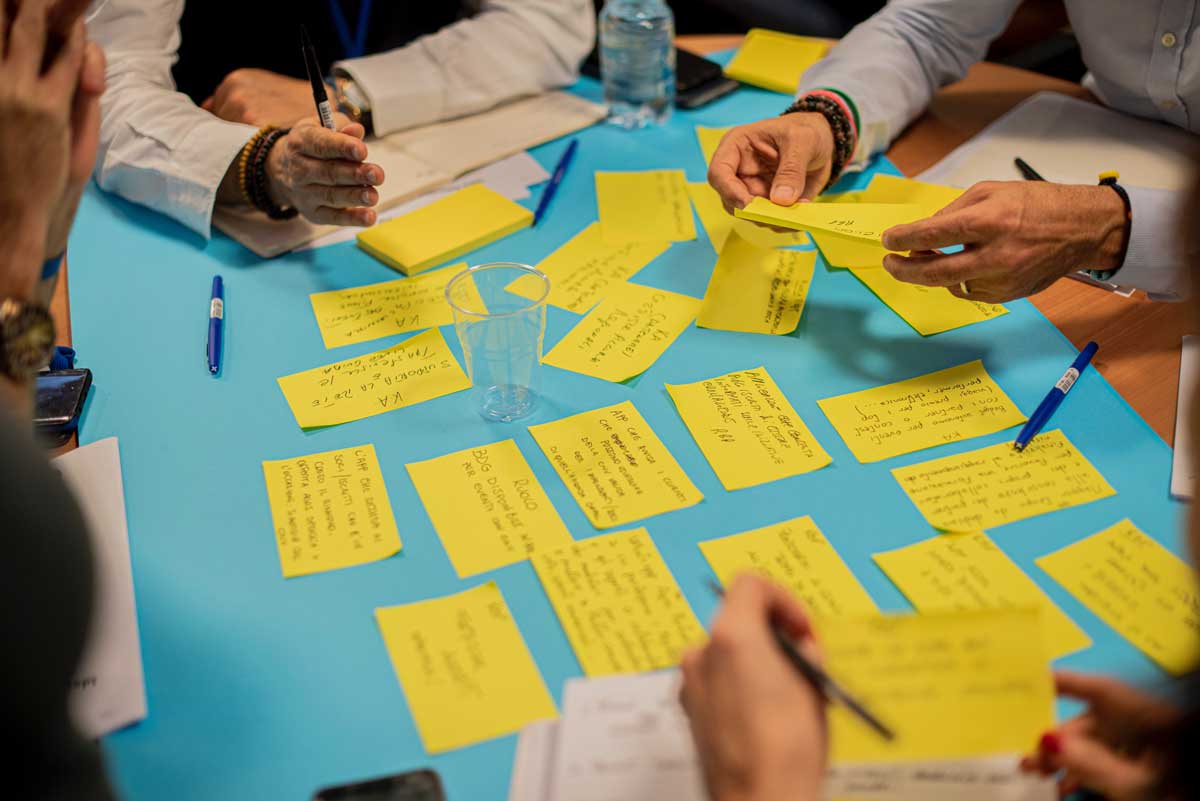We can all remember a time when we reacted without thinking, following some kind of impulse. Maybe we said something we later regretted, or we snapped at our kids for no particular reason. We might have responded harshly to a coworker’s email, or even found ourselves uncharacteristically irate behind the wheel.
These knee-jerk reactions, typically immediate and unconscious, might only persist for a few minutes, but they often culminate in larger, more complicated issues.
Fortunately, there is a way out of this pattern of reaction. We can, in fact, create new pathways in our minds and learn to respond consciously. This awareness offers choices, a sense of self-control, and more fruitful communication. For people leaders and managers, this means good working relationships and a model of composure for the entire team and organisation.
As for developing your responsiveness:
Learn to recognise your triggers: A trigger is an emotional response often linked to past experiences or traumas. These situations may now be in the past, but you may find that certain people or situations somehow take you back there and cause you to react passively aggressively or destructively.
Write down situations in which you were reactive and try to identify a pattern and possible causes for this behaviour by asking yourself the following questions: Have you had this feeling before? Since when? Does this person remind you of someone you have known before? Did the words used leave a special impression?
Listen to your body and pause: Your body usually gives you some clues that you are about to be activated and also once you are triggered. You may feel your heart racing, your cheeks turning red, tears coming, a knot in your stomach, etc.
These are your clues and this is the time to pause. You may need to step back from the situation or put your phone away, for example. Time and space are great companions when we need to self-soothe and self-regulate.

Practice deep belly breathing: Breathing is always available to us and has been shown to be an effective way to bring yourself to calm and centre quickly. Place your hand on your belly.
Inhale through your nose for four seconds, hold your breath for seven seconds, and exhale deeply through your mouth for eight seconds or until there is no more air in your belly. Repeat until you feel calmer. You can also repeat a mantra of “I am safe” or “All is ok” until your nervous system is no longer in fight/flight and has returned back to calm.
Breathing is always available to us and has been shown to be an effective way to bring yourself to calm and centre quickly.
Lastly, extend patience and compassion towards yourself when you act impulsively. These behaviours often stem from deeper, unseen wounds that require empathy. Shifting from unconscious impulsive reactions to conscious responsive actions is a journey that necessitates deliberate practice and intent.

